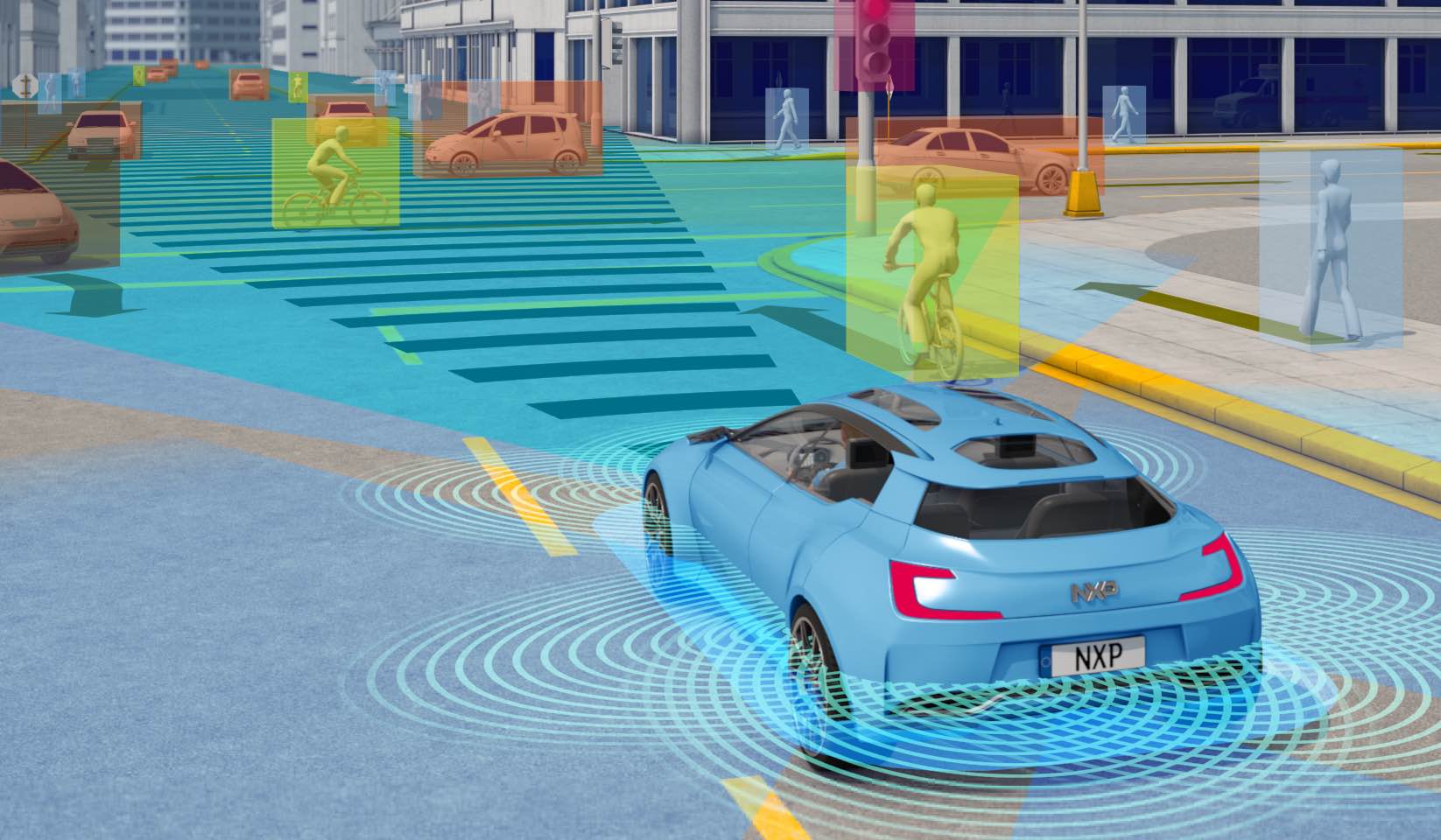
Michael Andersen blogs for The Green Lane Project, a PeopleForBikes program that helps U.S. cities build better bike lanes to create low-stress streets.
There's a difference between bike-safety warnings that focus on blaming victims and warnings that recommend actual systemic improvements. The launch of a Mayors' Challenge for Safer People, Safer Streets by U.S. Secretary of Transportation Anthony Foxx is the good kind of warning.
Yes, it'd be nice if it weren't being pegged on the dubious claim that biking has gotten more dangerous in the last few years. Also if U.S. DOT were offering any money for cities that take its advice.
That said, there's a lot to love in this initiative launched Friday. Let's count a few of the ways.
The feds want cities to measure successful bike trips, not just bad ones.

In many cities, the only times bikes show up in the official statistics is when something goes wrong.
When a person collides with a car or a curb while biking, they enter the public record. When they roll happily back to work after meeting a friend for tacos, they're invisible to the spreadsheets that drive traffic engineering decisions.
This is the sort of logic that sometimes leads people to the conclusion that on-street bicycle facilities decrease road safety. What they're actually doing is increasing bike usage, which in turn is the most important way to increase bike safety. When our primary metric of biking success is the number of people biking rather than the number of people dying, we're making our cities better across the board, not merely safer.
Foxx's lead recommendation that cities "count the number of people walking and biking" shouldn't be revolutionary. But if every city did, it would be.
When biking is done right, it becomes part of aging-friendly cities.

Little-known fact: Biking is increasing seven times faster among people ages 60-79 than it is among people 18-39.
You can't create a city that's fun to get old in without making mobility easy for people who get around using wheelchairs, canes, and other aids. But getting older is about much more than just acquiring disabilities. And as millions of older Americans are aware, biking is a great way to make your body think it's still middle-aged. When U.S. DOT writes that "an important step to making streets safe for all is to assess the safety and comprehensiveness of biking and walking networks in your community," all-ages bikeways are part of the subtext.
U.S. DOT continues to push the bike-friendly NACTO guides.

It's been more than a year since the feds issued a groundbreaking memo validating the bikeway design guide created by the National Association of City Transportation Officials, and the ripples from that decision keep spreading. One of them is the very first item of Foxx's advice for how to "use designs appropriate to the context of the street and its uses":
How do we know we have taken the steps to use appropriate designs?
- Engineers and planners regularly consult a range of manuals for guidance
The NACTO guide is listed alongside internal FHWA documents, the fourth edition of AASHTO's Bike Guide and the Institute for Traffic Engineers' guide to "Designing Walkable Urban Thoroughfares."
The FHWA is creating a workbook about how to build on-road bicycle networks through routine resurfacing programs.

Bike infrastructure, even when it's protected, is mostly just about lane restriping. Street repaving is a perfect opportunity to do that, and the feds are promising a new workbook to help more cities follow the example of places like Memphis and Austin to plan their bike network installation around their paving schedules.
The workbook's exciting title will be "Workbook for Building On-Road Bicycle Networks through Routine Resurfacing Programs," and according to USDOT's page about this recommendation, it's "coming soon." To be honest, we are actually sort of excited about this.
You can follow The Green Lane Project on Twitter or Facebook or sign up for its weekly news digest about protected bike lanes.






